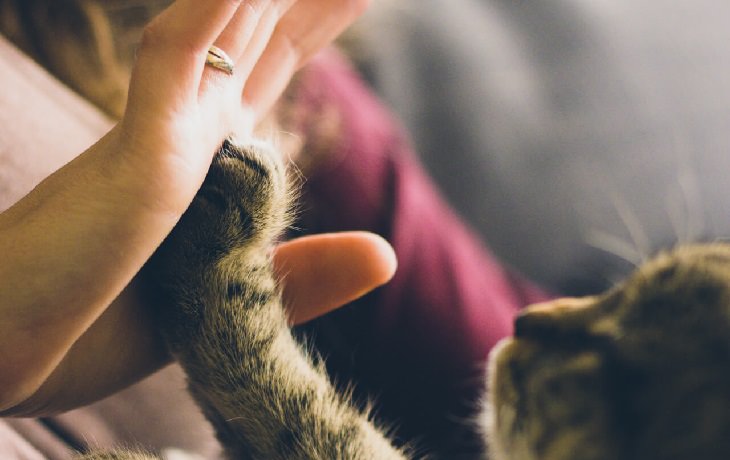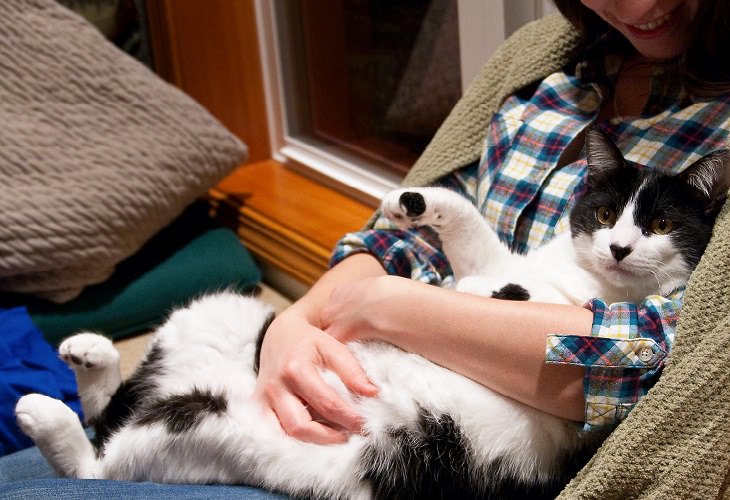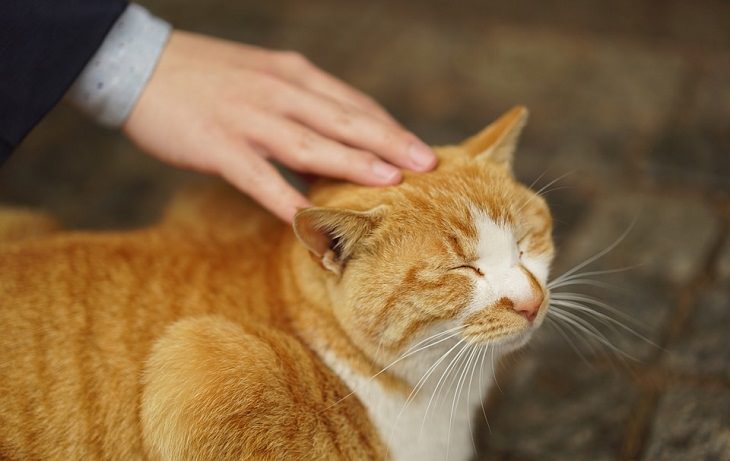
In the eternal battle between dog and cat owners for the title of "best pet", dog owners almost always use the argument of loyalty. In their opinion, their dogs are much more loyal than cats; They miss them more and also know how to demonstrate this longing in the best way possible.
If you raise cats, you probably don’t have many ways to respond to this claim except for gut feelings or behavioral changes that are difficult to describe, but a new study recently published is about to change this situation. If you have grown or raised cats in the past, you will want to read the findings and conclusions of the authors of this study.

The common view among most people is that cats are very independent animals that do not need human attention. There is also little information in the scientific community about the need of cats for human attention, and this may be one of the reasons for the idea that cats are not friendly animals.
To see if there is any truth behind these claims, a new Swedish study published at the end of 2017 was conducted to test the behavior of a domestic cat being isolated from its owner and its behavior when they meet afterward. The experiment was conducted on cats between the ages of 0.5 and 15 years defined as "house cats" (pets who spend most of the time at home and aren’t let out alone) and whose owners volunteered to participate in the study. The cat owners were instructed to separate from their pets and leave them at home twice, once for half an hour and the second time for four hours, during which the cats' behavior was recorded by cameras scattered around the house.
The researchers' hypothesis was simple: if cats do indeed make a connection with their owners, then their responses to being separated from their owners for the longer time will be different than that of the shorter period of separation. In order to try to get as valid a result as possible, the researchers separated the cats who were given free access to food to those who receive regularly scheduled feeding, and therefore may depend on their owners for nutrition.
In addition, they made it clear that the cat owners must stay around for at least half an hour before the separation time and that the experiment must be conducted in the familiar domestic environment of the cat in which he feels comfortable. Further steps had been taken to ensure that the collected data is as reliable and devoid of external influences as possible, which means that the results of the study, for the most part, reflect the relationship of each person and cat.

To analyze the effect of time spent by cats alone, the researchers collected information in two ways: analyzing the video footage of the houses where the separation and reunion of the cat owners with their cats were being observed.
Predictably, the cats spent most of their time at rest although observation times were during the day, the cats were still out of the range of camera lenses for 29% of the time. During the moments before the separation, the time spent by the cats alone and also in the moments prior to the reunion, they observed no change in the behavior of the cats when the length of time they spent alone was short. However, when the cats' owners returned home after 4 hours, the researchers noticed some significant differences in behavior after the 4-hour long separation, when compared to the behavior after the short separation.
After 4 hours alone at home, the cats participating in the experiment showed a much more affectionate attitude towards their owners than the reunion sessions that took place only half an hour later. The researchers tried to measure this affection by analyzing the amount of stretching the cat did and the number of purrs that were made. These are two actions that cats perform for positive reasons: purring usually occurs when the cat is happy and relieving stress. It becomes more pronounced when cats are nursing or being stroked, while stretching is the cat's way of expressing relief through body language, relieving tension and improving blood flow after rest in an attempt to get ready for activity.
Since the researchers did everything in their power to take away external and biased effects, they had only one conclusion: the cats who spent a long period of time alone missed their owners, and demonstrated it in the two main ways at their disposal. Not only that, being that their owners missed them as well and demonstrated it verbally and physically in the reunion after the 4-hour separation, the researchers also hypothesized that the cats probably felt relieved and happy because their owners exhibited the same emotions they experienced.
